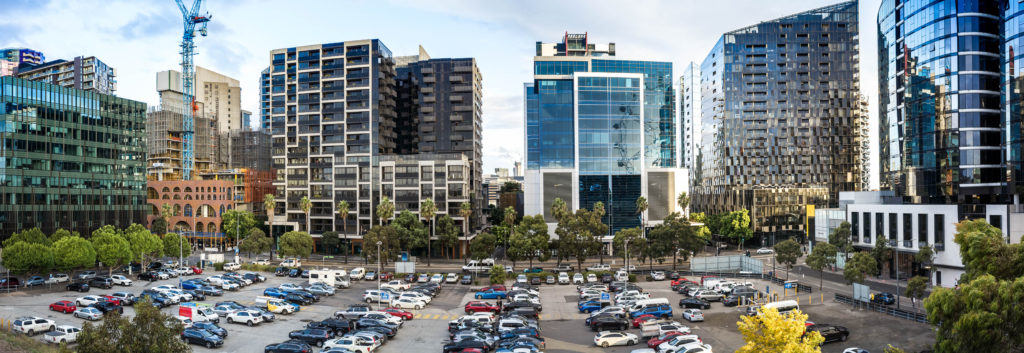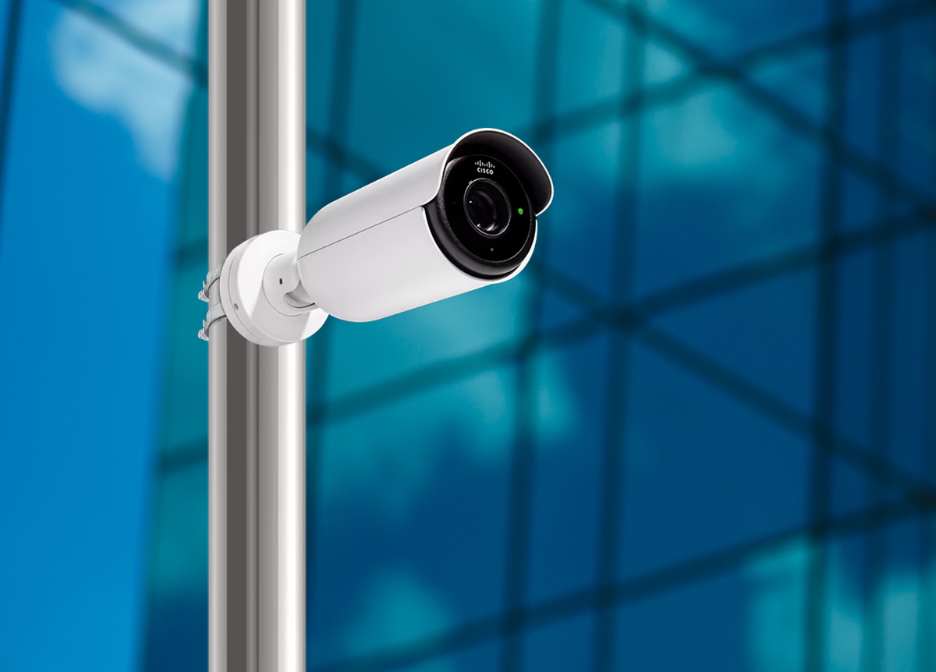Imagine that you need to connect a new building, parking or sports fields to your network. The vision is clear – but the reality of the fiber running? This is a completely different story. For IT leaders, the cost and complexity of digging, ditch and laying cables can build projects for indefinite hold – imagine this challenge for cities and school districts that work to close the digital abyss in insufficiently operated and rural communities.
While the optical fiber cable is often considered a gold standard for connection, important factors need to be considered:
- Time: Projects can be delayed and stretched for months because they often require a trench, environmental permits and can cause disruption of people around.
- Obstacles: Highways, Greeks, Grayards and Historical places can be almost impossible for traditional cabling.
- Costs: Can shave from $ 1 to $ 6 per track. City projects can reach $ 40,000 – $ 80,000 per kilometer, while the country’s deployment is often higher due to difficulty and lengthy permission.
The wireless backhaul provides an forced alternative to the physical cabling and connects the access points and the network range, where the fiber or copper would be costly or time consuming, using without capacity wireless links. Unlike traditional cable infrastructure, wireless backhaul can be quickly deployed with minimal disturbance, ideal for expanding the connection to the parking lot, neighboring building areas or even the whole community and rural areas.
By dealing with common cabling challenges – such as high costs, long installation times and geographical obstacles – wireless backhaul allows agile scalable network expansion for always from intelligent cities and industrial automation into the Internet community access. The result is connectivity that is fast, more accessible and much more inclusive.
Cisco access points make it easier to use URWB as a Backhaul technology to expand your network and Wi -i for End -ise access simultaneously. This means that when you need to expand Wi-Fi to a new rental, the only remote access point is everything you need to affect installation, reduce hardware costs and accelerate deployment.
Did you know that? At the same time, Cisco access points can expand your URWB network and provide Wi-Fi access at the same time that your network is now easy.
Let’s explore three cases of practical use of URWB will help you connect further, faster and smarter.
- Bring Wi-Fi where you never considered. Whether you oversee the university campus, medical complex or corporate headquarters, your network often has to achieve Fiber places just can’t go – at least not easily or affordable. Think about parking lots, outdoor space of events or new time structures. With CISCO access points, you can quickly bridge your URWB network and allow trouble-free Wi-Fi for students, employees or guests wherever they need it. Deployment is fast and flexible, with access points installed on roofs, light poles or existing infrastructure – there is no need to dig.

- Expand physical safety outside the building. Modern safety requires eyes everywhere. However, the location of cameras on the perimeter of the equipment, near parking spaces or outdoor assets, can be expensive if you rely on the cable. With URWB you can connect cameras and sensors across your assets – to provide bandwidth and reliability that you would expect from the thread, without cost or delay. This is ideal for campus circuits, athletic fields or remote storage in your groups.


- Fast connect communities, new or temporary buildings. Do you need to bring a connection to a modular class, a tent of events or newly assembly an attachment? But maybe it will expand connectivity to the connected neighborhood? Fiber run may not be practical – or in a short time possible. URWB allows you to set high -performance links on days, not weeks, which will help you adapt to changing needs. Cisco Urwb seizes communities to bridge these urban buildings, libraries, libraries or remote school campuses with robust scalable wireless links, Wi -Fi may be allowed at an access point to access to end -use devices. Thanks to this flexibility, it is ideal for temporary classrooms, building trailers or clinics for popping health on your property.


A solution in the real world
Organizations give these ideas to work – right:
Cannillo Independent School District, Texas
“” “”We needed to expand the reliable connection to our athletic fields and remote campus buildings and the traditional thread was simply not possible. With Cisco wireless backhaul, we connected every corner of our district and cost -effective.»
– Gary Gomez, Executive Director of Technology, Canillo ISD
City Fort Worth
“” “”We have saved considerable time and money by putting Cisco wireless backhaul interactions with the operation of a new thread. The feedback and performance excluded our expectations, even in demanding urban environments.»
– Kevin Gunn, Chief Technology Director, City of Fort Worth
Barriers for connection – no cables are required
URWB of Cisco is not about changing every fiber run – it’s about how it gives the leaders of flexibility to expand networks, where it matters most when it matters most. Thanks to the living class, simple deployment and the ability to scalance how your needs grow, Cisco Urwb helps you expand your network quickly, where it is needed.
Access points Cisco supporting both Wi-Fi and URWB, at the same time offered:
- Fast deployment: No cabling, no delay – just a clear path and strength at any access point
- ROCK-SOLID: Backhaul Technology Engine for Mission-Critical Applications.
- Flexible coverage: Spend your network exactly where you need it in your property.
- Cost savings and simplified operations: One access point provides wireless backhaul and Wi-Fi, streamlining and management.
If you are ready to expand your network faster, more affordable and greater flexibility – you will learn more about Cisco Urwb.
Subscribe to Cisco Industrial IoT
Follow us on LinkedIn
(Tagstotranslate) Cisco Industrial IoT (iiot) (T) Cisco Industrial Wireless (T) Industrial IoT (T) Smart Cities

